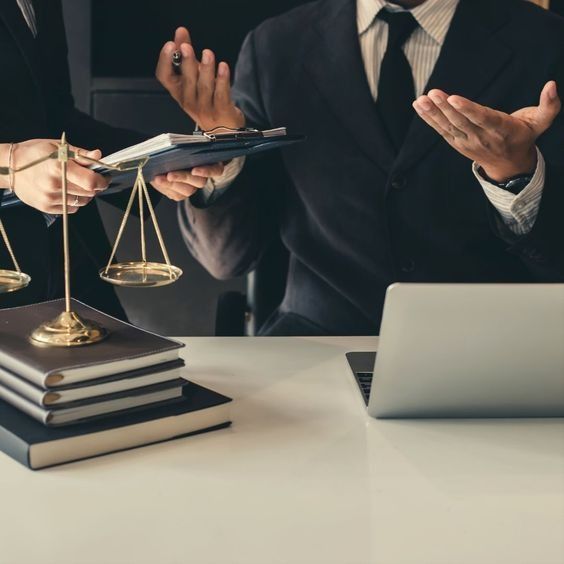Introduction
In the contemporary world, media influence on the justice system has become a subject of significant debate. The relationship between media coverage and the administration of justice is complex, often fraught with tension between the public’s right to know and the fair trial rights of individuals. As legal professionals, we recognize the power of the media in shaping public perception, which in turn can have profound effects on the judicial process. This article delves into the intricate ways media can influence justice, analyzing both the positive and negative impacts from a lawyer’s perspective.
The Role of Media in Shaping Public Perception
The media serves as a conduit between the judicial system and the public, disseminating information about court proceedings, legal decisions, and the broader implications of these events. However, media portrayal of legal cases is often sensationalized, emphasizing drama over factual accuracy. This can lead to misinformation, with the public forming opinions based on incomplete or biased reports. When media coverage becomes skewed, it can influence the public’s perception of justice, often swaying opinions before a trial has even commenced.
Media Trials: The Court of Public Opinion
One of the most contentious issues in the intersection of media and justice is the phenomenon of media trials. In high-profile cases, the media often assumes the role of judge and jury, presenting evidence, speculating on outcomes, and even pronouncing guilt or innocence before the courts have delivered a verdict. This can have detrimental effects on the actual trial, as jurors, judges, and even legal counsel may be influenced by the prevailing public opinion.
Media trials can lead to prejudicial publicity, which undermines the defendant’s right to a fair trial. When a case is tried in the court of public opinion, it becomes challenging to ensure that the actual trial is conducted impartially. The intense scrutiny from the media can also place undue pressure on all parties involved, including witnesses, who may feel intimidated or coerced by the public’s expectations.
Positive Aspects of Media Influence on Justice
While the negative impacts of media on justice are significant, it is also essential to acknowledge the positive role that media can play in the legal system. Investigative journalism, for instance, has been instrumental in uncovering miscarriages of justice, leading to the exoneration of wrongfully convicted individuals. The media’s role in highlighting such cases can bring about judicial reforms, ensuring that similar injustices do not occur in the future.
Furthermore, media coverage of court proceedings can contribute to greater transparency in the justice system. When the public is informed about the workings of the judiciary, it promotes accountability and can deter misconduct within the system. This transparency is crucial in maintaining public confidence in the justice system, ensuring that justice is not only done but is seen to be done.
The Role of Social Media in the Modern Justice System
In recent years, social media has emerged as a powerful tool in shaping public opinion and influencing legal outcomes. Unlike traditional media, social media allows for real-time dissemination of information, enabling users to share their views and experiences instantly. This has led to the rise of online activism, where social media campaigns can draw attention to legal issues, sometimes resulting in changes to laws or legal practices.
However, the unregulated nature of social media also presents challenges. Misinformation can spread rapidly, leading to the formation of public opinions based on false or misleading information. Moreover, social media can amplify the effects of media trials, with users often engaging in heated debates and forming judgments without access to all the facts.
Challenges Faced by the Legal System
The pervasive influence of media on the justice system presents several challenges. One of the most significant is the difficulty in ensuring a fair trial in the face of widespread media coverage. The right to a fair trial is a cornerstone of the justice system, yet it can be compromised when potential jurors are exposed to prejudicial information through the media.
Another challenge is the potential for bias among legal professionals. Judges and lawyers, like all individuals, are not immune to the influence of the media. Continuous exposure to media coverage of a case can subconsciously affect their views, potentially leading to biased decision-making.
Balancing Media Freedom and Judicial Integrity
The key to addressing the challenges posed by media influence on justice lies in striking a balance between media freedom and the integrity of the judicial process. While it is essential to uphold the principle of a free press, it is equally important to protect the rights of individuals to a fair trial. This balance can be achieved through measures such as imposing gag orders, conducting trials in camera, and carefully selecting jurors who have not been influenced by media coverage.
The judiciary can also play a proactive role by engaging with the media to ensure accurate and responsible reporting. Providing the media with clear and concise information about legal processes and decisions can help to prevent the spread of misinformation and reduce the risk of prejudicial reporting.
Conclusion
The influence of media on justice is undeniable, with both positive and negative implications for the legal system. As lawyers, we must navigate this complex landscape, advocating for our clients while being mindful of the broader impact of media coverage. By understanding the power of the media and implementing strategies to mitigate its negative effects, we can help to preserve the integrity of the justice system.
For those in the legal profession, staying informed about the evolving relationship between media and justice is crucial. This knowledge enables us to better serve our clients and contribute to the ongoing dialogue on how to balance the interests of justice with the public’s right to know.
